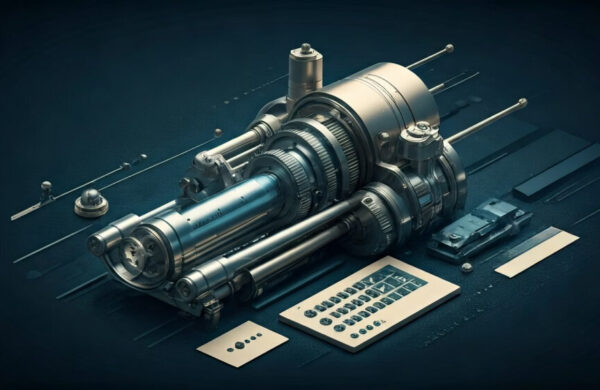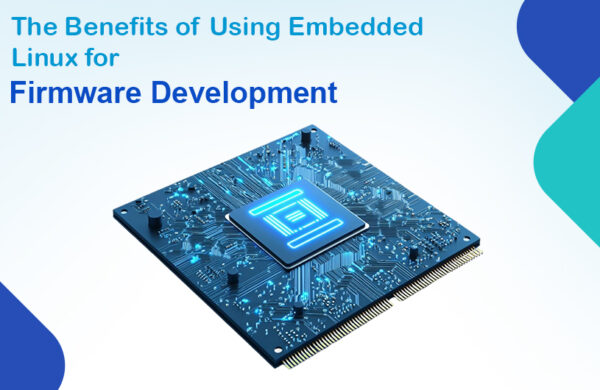Machine design is a critical discipline that encompasses the creation, development, and optimization of mechanical systems and components. It involves the application of engineering principles, scientific knowledge, and practical considerations to design machines that fulfill specific purposes. By incorporating machine design services, engineers and manufacturers can leverage the knowledge and experience of experts in the field to develop innovative and optimized solutions.
In this blog, we will explore the fascinating world of machine design, delving into different types of machines and the procedures involved in their design process.
From simple mechanisms to complex industrial machinery, machine design plays a pivotal role in industries such as manufacturing, automotive, aerospace, and more. Understanding the fundamentals of machine design and the various approaches taken in designing machines will provide valuable insights into this field and shed light on the intricate process of transforming ideas into functional and efficient mechanical systems.
What Is Machine Design?
Machine design is a specialized discipline within mechanical engineering that focuses on the creation and development of machines and mechanical systems. It involves the application of engineering design principles, scientific knowledge, and design techniques to create machines that meet specific requirements and perform desired functions. Machine design encompasses various aspects such as selecting appropriate materials, determining optimal dimensions and configurations, designing mechanical components, ensuring structural integrity, and considering factors like safety, reliability, and efficiency.
It requires a deep understanding of mechanical principles, materials science, kinematics, dynamics, and manufacturing processes. Machine design plays a crucial role in industries such as manufacturing, transportation, agriculture, and many others, where the design and development of efficient and reliable machines are essential for productivity and advancement.
Types of Machine Design
Machine design encompasses a wide range of machines and mechanical systems, each designed to serve a specific purpose. Here are some common types of machine design:
- Mechanical Machines: These machines include basic mechanisms such as gears, levers, cams, and linkages. They are designed to convert and transmit mechanical energy to perform tasks like lifting, rotating, or linear motion.
- Power Machinery: Power machines are designed to generate, transmit, and control mechanical power. Examples include engines, turbines, compressors, and pumps. They are employed in various industries for tasks like generating electricity, providing propulsion, or pressurizing fluids.
- Manufacturing Machinery: These machines are used in manufacturing processes, such as milling machines, lathes, CNC (Computer Numerical Control) machines, and 3D printers. They are designed to shape, cut, form, or add material to create products.
- Transportation Machinery: This category includes machines used in transportation systems, such as automobiles, aircraft, ships, and trains. These machines are designed for efficient propulsion, stability, and passenger or cargo handling.
- Agricultural Machinery: Agricultural machines are designed to aid in farming and cultivation processes. Examples include tractors, harvesters, seeders, and irrigation systems. They are engineered to increase productivity and efficiency in agricultural operations.
- Construction Machinery: Construction machines are designed for tasks related to building design and infrastructure development. These machines include excavators, bulldozers, cranes, and concrete mixers. They are designed for heavy-duty operations, earthmoving, and material handling.
- Robotics and Automation: Robotic machines and automation systems are designed to perform tasks autonomously or with minimal human intervention. They are used in various industries, including manufacturing, healthcare, and logistics, to improve efficiency, precision, and safety.
- Special-Purpose Machinery: This category includes machines designed for specific applications or industries. Examples include textile machinery, food processing equipment, medical devices, and packaging machines. These machines are tailored to meet the unique requirements of their respective industries.
These are just a few examples of the diverse types of machine design. Each type requires careful consideration of functional requirements, performance parameters, material selection, safety standards, and manufacturing processes to ensure optimal design and functionality. Machine designers employ engineering design principles and advanced computer-aided design tools to create innovative and efficient machines for various industries and applications.
Several procedures of Machine Design
The process of machine design involves several procedures that ensure the successful creation of a functional and efficient machine. Here are some key procedures typically followed in machine design:
- Problem Identification: The first step in machine design is identifying the problem or the need for a machine. This involves understanding the purpose, function, and requirements of the machine, as well as any constraints or limitations.
- Concept Generation: Once the problem is identified, designers generate multiple conceptual ideas and approaches to address the problem. This phase involves brainstorming, researching, and exploring various design possibilities.
- Preliminary Design: In this stage, designers select the most promising concept and develop a preliminary design. They determine the overall layout, dimensions, and general specifications of the machine. Considerations such as materials, power requirements, and operating conditions are taken into account.
- Detailed Design: The detailed design phase involves refining the preliminary design and developing detailed drawings, models, and specifications. Designers focus on specific components, mechanisms, and subsystems, ensuring their proper integration and functionality.
- Material Selection: The selection of appropriate materials is crucial for the performance, durability, and cost-effectiveness of the machine. Factors such as strength, stiffness, corrosion resistance, and availability are considered in choosing suitable materials for different components.
- Analysis and Simulation: Computer-aided analysis and simulation tools are employed to evaluate the performance and behavior of the machine. Finite element analysis (FEA), computational fluid dynamics (CFD), and other simulation techniques are used to analyze factors such as stress distribution, thermal behavior, and fluid flow.
- Prototype Development: Building a prototype allows designers to verify the design and evaluate its functionality. Prototyping helps identify any design flaws or performance issues before moving to production.
- Testing and Evaluation: The prototype is subjected to various tests to validate its performance, reliability, and safety. Testing may involve load testing, endurance testing, and functional testing to ensure the machine meets the desired specifications and requirements.
- Manufacturing and Production: Once the design is finalized and validated, the machine moves into the manufacturing phase. Manufacturing processes, such as machining, welding, assembly, and quality control, are implemented to produce the final machine.
Conclusion
In conclusion, machine design is a multidisciplinary field that combines engineering principles and creativity to design machines that meet specific objectives, and it follows a systematic procedure to achieve the desired results. Contact us for all your Machine Design and Mechanical Engineering Services requirements, we at Monarch Innovation are happy to help.





